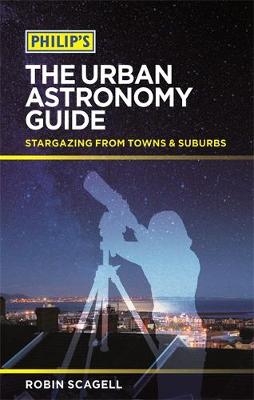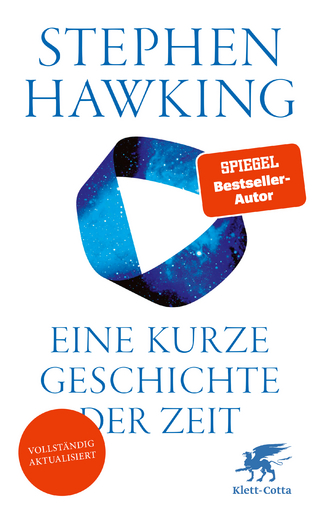
Philip's The Urban Astronomy Guide
Stargazing from towns and suburbs
Seiten
2014
Philip's (Verlag)
978-1-84907-275-5 (ISBN)
Philip's (Verlag)
978-1-84907-275-5 (ISBN)
- Titel ist leider vergriffen;
keine Neuauflage - Artikel merken
Philip's The Urban Astronomy Guide provides the ideal introduction to the fascinating hobby of astronomy for the town dweller. These days, you don't have to live close to a city or town centre to suffer from the effects of light pollution. From your back garden or rooftop observing site, your night sky will be illuminated by light from the surrounding city or town. And while, like everyone else, you will have to contend with the vagaries of the weather, you will have the added problem of poor air quality. But despite these difficulties, there is still a host of celestial delights to be seen!
In this book, author Robin Scagell shows that night-time lighting and the resultant brightening of the sky can be combated, and demonstrates how to make the best of poor conditions. Although the unaided eye may be able to pick out only a few hundred stars, binoculars or a small telescope will reveal many times that number. A little optical aid can also give you good views of every type of major astronomical object, including star clusters, nebulae and galaxies.
For example, for those who want to develop their interest further, there are special filters that let through the light from distant nebulae while blocking out wavelengths infested by unwanted stray light from streetlights. And modern CCDs allow modest amateur telescopes to penetrate the urban sky glow and reveal sights that would have taxed the largest professional instruments only 30 years or so ago.
Philip's The Urban Astronomy Guide will show you how to get the most out of almost any sky with whatever equipment you have, or even with none at all.
In this book, author Robin Scagell shows that night-time lighting and the resultant brightening of the sky can be combated, and demonstrates how to make the best of poor conditions. Although the unaided eye may be able to pick out only a few hundred stars, binoculars or a small telescope will reveal many times that number. A little optical aid can also give you good views of every type of major astronomical object, including star clusters, nebulae and galaxies.
For example, for those who want to develop their interest further, there are special filters that let through the light from distant nebulae while blocking out wavelengths infested by unwanted stray light from streetlights. And modern CCDs allow modest amateur telescopes to penetrate the urban sky glow and reveal sights that would have taxed the largest professional instruments only 30 years or so ago.
Philip's The Urban Astronomy Guide will show you how to get the most out of almost any sky with whatever equipment you have, or even with none at all.
Robin Scagell is a long-serving Vice President of Britain's Society for Popular Astronomy. A lifelong stargazer, he has worked as an observer and photographer, and as a journalist has edited a wide range of popular-interest magazines. Robin is the author of several popular astronomy books, and has contributed to many other publications. He has been awarded the Sir Arthur Clarke Award for Space Reporting in recognition of his many appearances on TV and radio talking about astronomy and space.
| Erscheint lt. Verlag | 3.11.2014 |
|---|---|
| Verlagsort | London |
| Sprache | englisch |
| Maße | 126 x 198 mm |
| Gewicht | 300 g |
| Themenwelt | Sachbuch/Ratgeber ► Natur / Technik ► Weltraum / Astronomie |
| Naturwissenschaften ► Physik / Astronomie ► Astronomie / Astrophysik | |
| ISBN-10 | 1-84907-275-2 / 1849072752 |
| ISBN-13 | 978-1-84907-275-5 / 9781849072755 |
| Zustand | Neuware |
| Haben Sie eine Frage zum Produkt? |
Mehr entdecken
aus dem Bereich
aus dem Bereich
die Suche nach der Urkraft des Universums
Buch | Hardcover (2023)
Klett-Cotta (Verlag)
25,00 €
Perspektiven auf die Menschheit
Buch | Hardcover (2024)
Klett-Cotta (Verlag)
25,00 €


